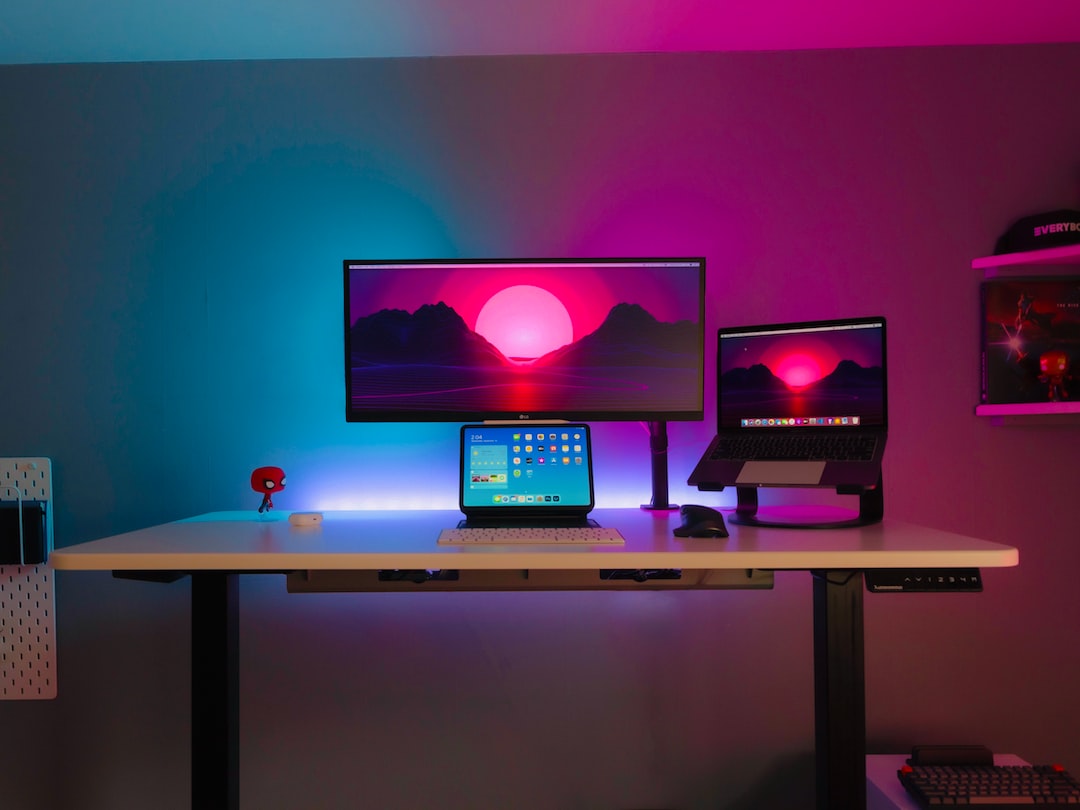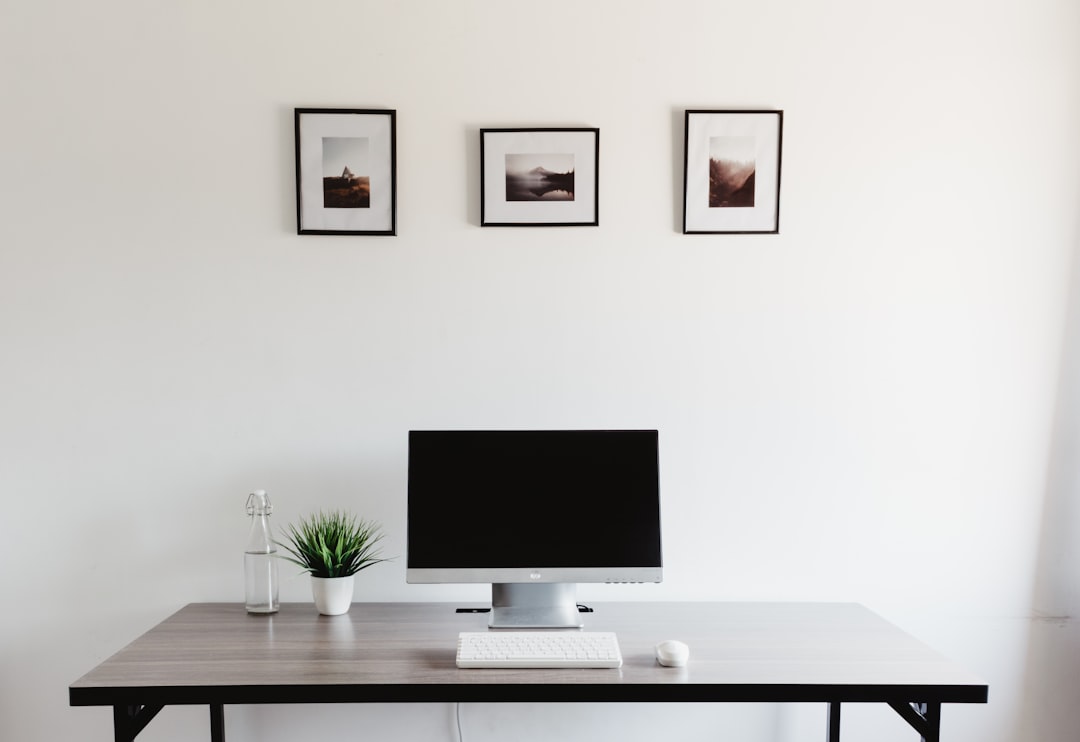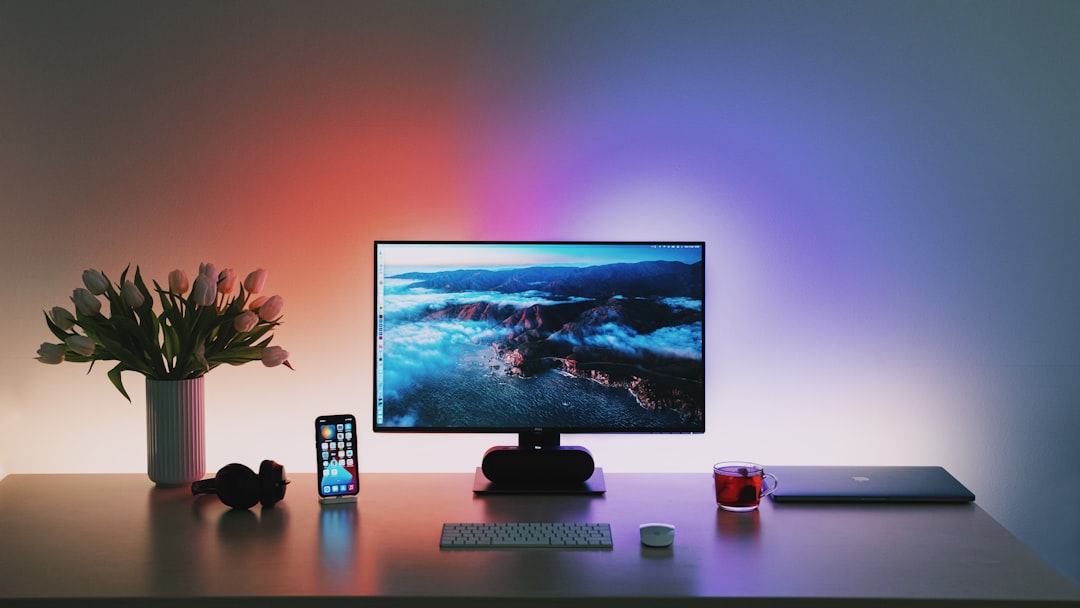As technology advances and becomes more integrated into our daily lives, we are increasingly relying on screens to complete tasks, stay connected with others, and entertain ourselves. While the benefits of technology are undeniable, the excessive use of screens can lead to negative impacts on our physical, emotional, and mental health.
This article aims to explore the importance of balancing screen time and the objective of reducing negative impacts. As we delve into the various facets of screen time exposure, we will provide multiple strategies and tips for limiting screen time and incorporating mindful alternatives to encourage an overall healthy lifestyle.
Our goal is to provide readers with valuable information and actionable steps to take control of their screen time exposure, promote a healthy balance, and avoid the negative effects associated with prolonged screens usage.
Screen Time and Health
In this section, we will delve deeper into the effects of screen time on our overall health. The widespread use of technology has led to several negative impacts on our physical and mental health, as well as emotional well-being. In recent years, researchers have conducted various studies to understand the effects of excessive screen time on our bodies and minds.
One major health problem associated with excessive screen time is the risk of obesity. Long hours spent on the couch or in front of a computer or mobile device can lead to a sedentary lifestyle, which in turn can lead to weight gain and other obesity-related issues. In addition, staring at screens for extended periods of time can lead to eye strain, headaches, and neck and shoulder pain.
Moreover, researchers have also found a correlation between excessive screen time and mental health problems such as anxiety and depression. This is particularly evident in children and teenagers, who are more susceptible to the negative effects of screen time due to their developing brains. It’s important to note that excessive screen time can contribute to poor sleep quality, which in turn can lead to mental health issues.
If you are experiencing any adverse effects from excessive screen time, it’s important to schedule routine check-ups with your primary care physician. They can help you identify any screen-related health ailments and offer recommendations for addressing them.
To mitigate the negative impacts of excessive screen time, it’s crucial to limit your screen usage. The next section will explore ways to set boundaries and engage in activities that can help promote balance in your daily routine.
They can help you identify any screen-related health ailments and offer recommendations for addressing them.
Limiting Screen Time
Limiting screen time is an effective way to combat the negative impacts of overuse. Setting screen time limits is a good way to start. Parents can limit their children’s screen time by setting specific times for using devices, such as after homework is done or on weekends only. Adults can also benefit from setting screen time limits, such as avoiding screens during certain times of the day or setting a maximum time limit for using devices.
Engaging in other productive activities is another way to limit screen time. Parents can encourage their children to participate in activities such as sports, arts and crafts, or playing outside. Adults can also engage in activities such as exercise, reading, or hobbies that do not involve screens.
Encouraging outdoor and social activities is also important for limiting screen time. Going for a walk, having a family picnic, or joining a community group are all great alternatives to screen time. Social activities, such as inviting friends over for a board game night or joining a book club, can provide a fun and engaging way to spend time without screens.
By limiting screen time, individuals can enjoy a more balanced and fulfilling lifestyle. It is important to recognize the benefits of being present in the moment and engaging in activities that promote physical, emotional, and mental wellness.
Encouraging outdoor and social activities is also important for limiting screen time.
Mindful Screen Time
In our current digital age, it’s almost impossible to avoid screen time altogether. However, being mindful and intentional about the way we use screens can go a long way in preventing the negative impacts associated with overuse. Mindful screen time involves being present and aware of how much time is spent on screens and for what purpose.
One way to be mindful with screen time is to avoid multitasking while on screens. As much as possible, dedicate your attention to only one task at a time when using electronics. This means avoiding browsing social media while also watching a movie or texting a friend. Multitasking not only reduces productivity, but it can also lead to eye strain and mental exhaustion.
Another way to be mindful with screen time is to practice eye strain-relieving exercises. These exercises can help alleviate eye pain and fatigue caused by excessive screen use. Some eye exercises include blinking frequently, looking away from the screen every 20 minutes, and practicing the 20-20-20 rule (looking at an object 20 feet away for 20 seconds every 20 minutes).
Most importantly, being mindful with screen time means being conscious of the time spent on screens and intentionally limiting it. Setting limits on screen time can help avoid the negative impacts associated with excessive use. This can be done by setting timers or alarms to track usage and gradually reducing usage over time.
However, mindful screen time doesn’t mean avoiding screens altogether. It’s important to strike a balance between screen time and other productive activities, such as exercise or spending time with loved ones. This can be achieved by planning and prioritizing daily activities, including designated screen-free time.
Overall, being mindful with screen time can have a positive impact on physical, emotional, and mental well-being. By avoiding multitasking, practicing eye strain-relieving exercises, and intentionally limiting usage, individuals can stay healthy and productive in today’s digital age.
This can be achieved by planning and prioritizing daily activities, including designated screen-free time.
Creating a Screen-Free Zone
One of the most effective ways to balance screen time is by creating a designated screen-free zone in your home. This zone could be a room, a corner or even a table. The key is to have a specific area where screens are not allowed. This can help reduce the time spent on devices and promote a more balanced lifestyle.
It is important to avoid screens during mealtimes and bedtimes. This means that screens are not allowed on the dinner table and that the bedroom should be a technology-free zone. This will ensure that you have quality time with your family during meal times and promote better sleep hygiene.
Additionally, it is important to encourage device-free get-togethers. This includes social events, family gatherings, and outings. You can encourage everyone to turn off their devices and engage in activities that do not require screens. This could be a board game, a hike or simply enjoying the outdoors.
Creating a screen-free zone can also help reduce the distractions that come with screen time. This can help you focus on other activities like reading, writing, and other hobbies. It is important to be intentional with this zone and to stick to it as much as possible.
By creating a designated screen-free zone in your home, you can promote a healthier and more balanced lifestyle. This can bring about many benefits including improved social skills, productivity, and overall wellbeing.
This zone could be a room, a corner or even a table.
Screen Time Alternatives
As we’ve discussed, excessive screen time can lead to a variety of negative health effects. However, it can be challenging to reduce screen time when so much of our daily lives revolve around technology. One effective way to manage screen time is to incorporate alternatives that provide similar benefits.
One simple solution is to introduce educational apps and games. With so many options available, it is easy to find age-appropriate options for children and adults. This is a great way to supplement learning outside of the classroom, and it can be especially helpful during remote learning.
Another option is to engage in arts and crafts projects. This is not only a fun activity, but it allows for a break from screens while still exercising creativity and problem-solving skills. Plus, the satisfaction of creating something tangible can boost self-esteem and reduce stress levels.
Finally, watching informative and educational content is a great way to utilize screen time in a productive way. There are countless documentaries, TED Talks, and online courses available that cover a wide range of topics. This can be a great way to expand your knowledge in a specific area, and the experience is much more enriching than mindlessly scrolling through social media.
By incorporating these alternatives into your routine, you can subtly reduce your screen time while still enjoying the benefits technology has to offer.
Conclusion: Finding Balance in Screen Time
After outlining the negative impact of excessive screen time on our physical and mental wellbeing, we have discussed various strategies to limit and balance our screen usage. It is crucial to find a healthy equilibrium between screen time and other activities that promote productivity, creativity, and well-being.
It is necessary to understand that an ideal screen time for children and adults may differ based on age, lifestyle, and individual preferences. Nonetheless, research suggests that children should not have more than two hours of screen time per day, and adults should limit their screen time to no more than four hours a day.
Incorporating screen-free zones and device-free get-togethers can help everyone in the family develop healthy habits for balanced screen usage. Encouraging outdoor activities and social interactions not only fosters in-person relationships but also provides an opportunity to break away from screens.
While technology can be beneficial, it is not worth sacrificing our physical and mental health. Therefore, it is vital to approach screen time mindfully and always be aware of our engagement with screens. Emphasizing the importance of finding balance, whether through setting limits, engaging in other productive activities, or mindful screen time practices, will lead to better overall mental and physical health.
In summary, maintaining a healthy balance of screen time is vital for our overall well-being. By implementing the strategies outlined in this article, we can develop healthy habits that promote a balanced relationship with technology. As we navigate a world increasingly dominated by screens, it is important to remember that balance is key.





